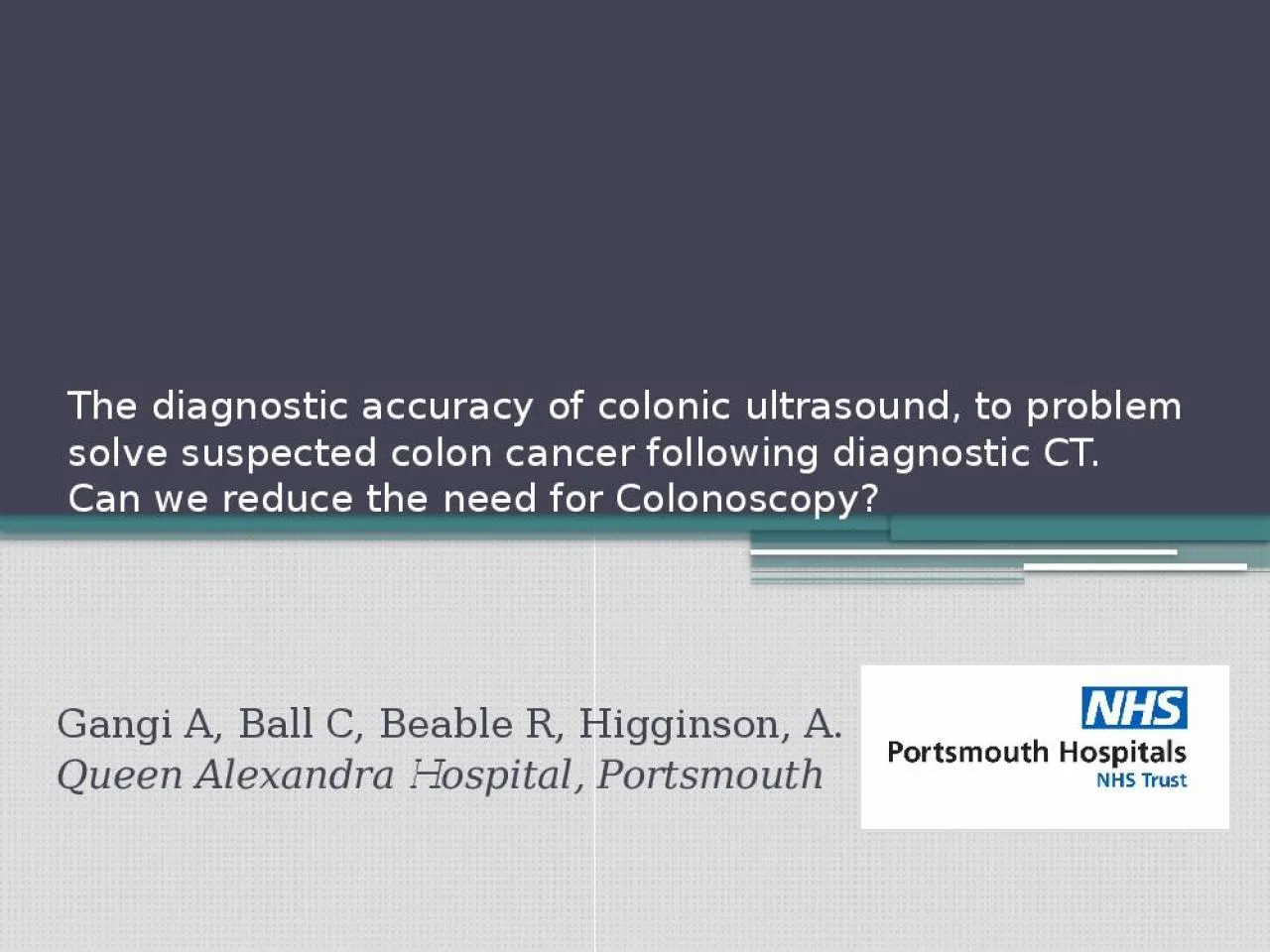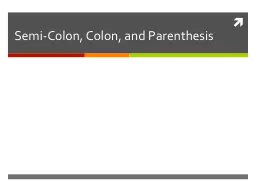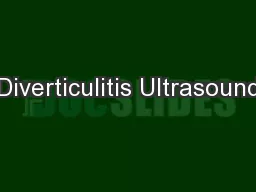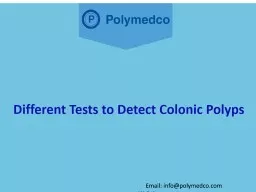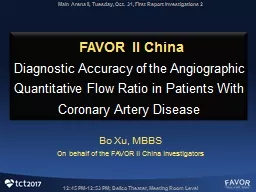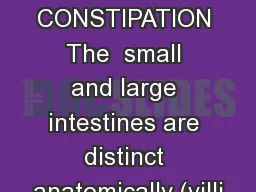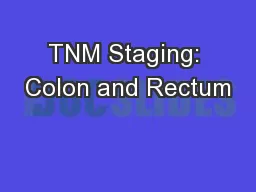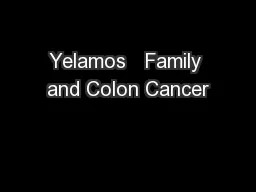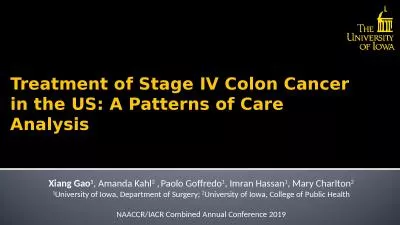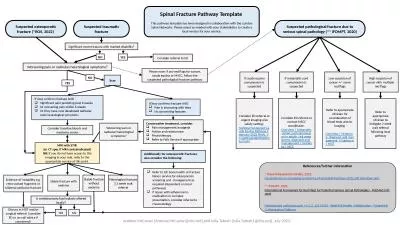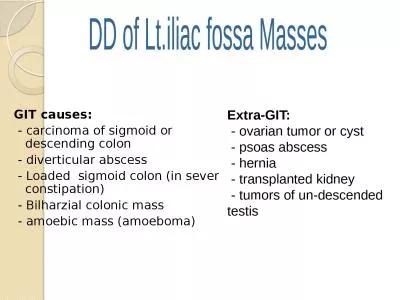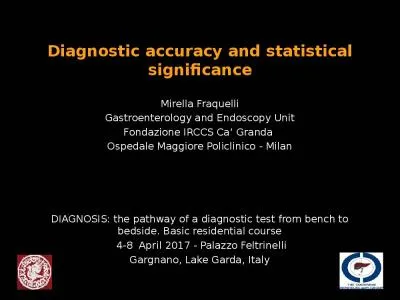PPT-The diagnostic accuracy of colonic ultrasound, to problem solve suspected colon cancer
Author : isla | Published Date : 2022-05-15
Can we reduce the need for Colonoscopy Gangi A Ball C Beable R Higginson A Queen Alexandra Hospital Portsmouth Background 700000 adults are investigated in
Presentation Embed Code
Download Presentation
Download Presentation The PPT/PDF document "The diagnostic accuracy of colonic ultra..." is the property of its rightful owner. Permission is granted to download and print the materials on this website for personal, non-commercial use only, and to display it on your personal computer provided you do not modify the materials and that you retain all copyright notices contained in the materials. By downloading content from our website, you accept the terms of this agreement.
The diagnostic accuracy of colonic ultrasound, to problem solve suspected colon cancer: Transcript
Download Rules Of Document
"The diagnostic accuracy of colonic ultrasound, to problem solve suspected colon cancer"The content belongs to its owner. You may download and print it for personal use, without modification, and keep all copyright notices. By downloading, you agree to these terms.
Related Documents

